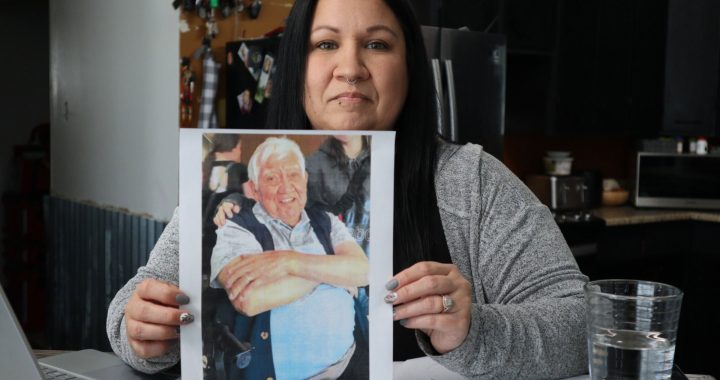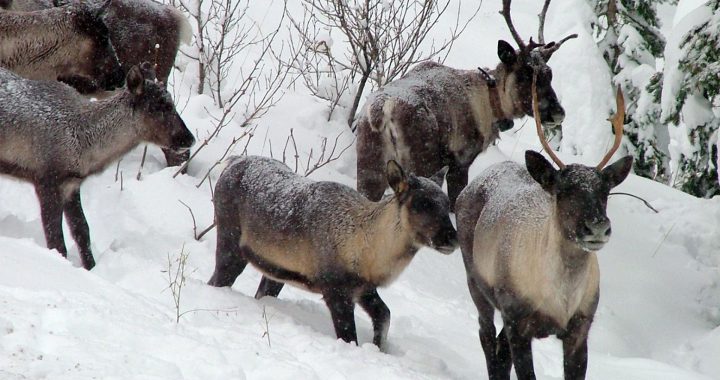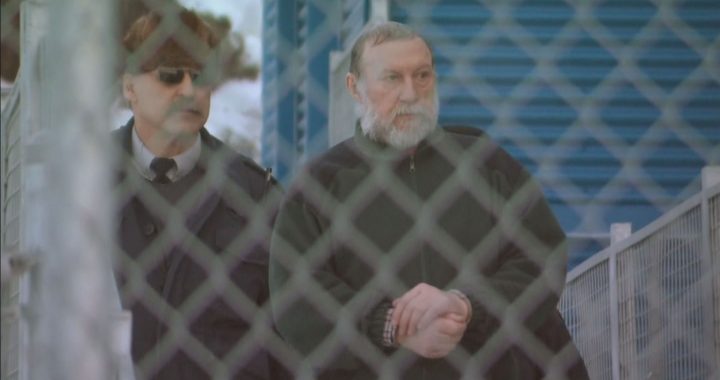Jorge Barrera
APTN National News
The RCMP is expected to release a new report on murdered and missing Indigenous women Wednesday, according to a spokesperson.
The report will be an update on the federal police force’s work on the file since last year’s release of its National Overview on Murdered and Missing Aboriginal Women. That report revealed that 1,181 Indigenous women had been murdered or gone missing since 1980.
RCMP Sgt. Harold Pfleiderer said the report was set for release Wednesday afternoon during a press conference.
The update report was originally scheduled for release in May. It is expected to focus on the “next steps” identified in the 2014 initial report. The next steps included a focus on “enhancing efforts on unresolved cases.” Almost half of missing and murdered Indigenous women cases fall under the jurisdiction of provincial or municipal police forces.
The RCMP also said it would be unveiling improvements on how it collects information on murder or missing persons cases which would now include Aboriginal origin as an identifier.
The update report, however, will not include information on the “ethnicity of the perpetrators of solved Aboriginal women homicides.”
Earlier this year, the RCMP said it would release a new report after it became embroiled in a controversy triggered by Aboriginal Affairs Minister Bernard Valcourt over that issue.
Valcourt said during closed-door meeting with some Alberta chiefs in March that 70 per cent of the perpetrators linked to solved Indigenous women murder cases were also Indigenous.
The Mounties initially refused to back Valcourt, stating it was against RCMP policy to reveal the ethnicity of perpetrators. But as the controversy grew, RCMP Commissioner Bob Paulson confirmed the 70 per cent statistics in a letter to Treaty 6 Grand Chief Bernice Martial. Paulson said in the April 7 letter that consolidated data from 300 police agencies reviewed by the RCMP supported the statistic.
Paulson also said that in the cases of solved murders of Indigenous women, 25 per cent of the perpetrators were non-Indigenous and five per cent were of an unknown ethnicity.
Paulson, however, did not reveal any regional breakdowns or provide any information on what percentage of cases stemmed from cities versus on reserves.
@JorgeBarrera










